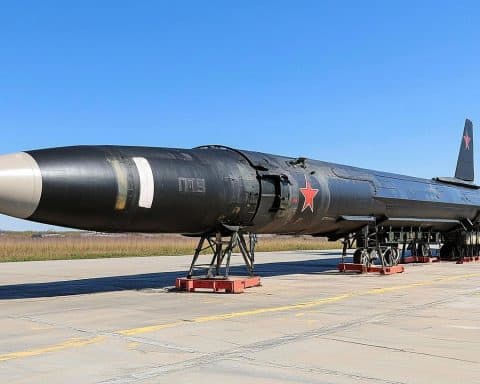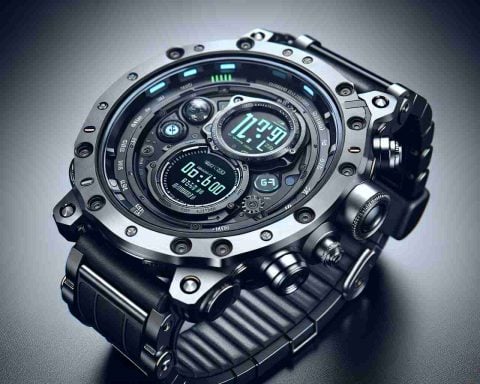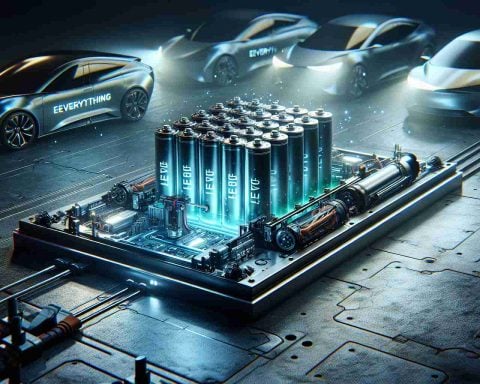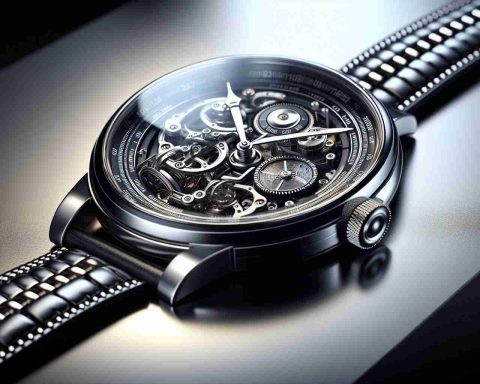The Zircon missile, or 3M22 Zircon, represents a monumental advancement in Russia’s defence capabilities, emphasising the global race for hypersonic technologies. Although it isn’t recent news, the features and potential impact of this missile continue to make it a point of discussion in military circles worldwide.
The Zircon missile is a hypersonic anti-ship missile designed to travel at speeds of up to Mach 9, or nine times the speed of sound, making it extremely challenging for current missile defence systems to intercept. What sets the Zircon apart is its ability to reach speeds of approximately 7,000 kilometres per hour, combined with an operational range of 1,000 kilometres. Russia reports that the missile can engage targets on both land and sea, offering a significant tactical advantage.
Designed for deployment from surface ships and submarines, the Zircon uses scramjet technology, which allows it to travel through the atmosphere at hypersonic speeds while maintaining a flat trajectory. Its high speed, evasive manoeuvrability, and capability to carry either conventional or nuclear warheads make it a formidable tool in modern warfare.
Despite its powerful features, the Zircon also raises concerns about regional and global security dynamics. Its introduction has spurred discussions among military strategists about the need for new defence systems capable of countering hypersonic threats. The continued development and eventual deployment of such missiles underscores the rapid evolution of military technology and the strategic considerations nations must now address. Alongside political and diplomatic responses, the Zircon highlights the importance of maintaining technological prowess in global security affairs.
The Ripple Effects of Hypersonic Missile Advancements
The development of hypersonic missiles like Russia’s Zircon has a profound impact on global security, influencing military strategies and international relations in unexpected ways. Not only does it underscore the rapid innovation in military technology, but it also raises critical questions about modern defence systems and their capacity to adapt.
Why do hypersonic missiles matter on the global stage? Hypersonic missiles are game changers primarily because of their speed and manoeuvrability. Traveling at speeds up to Mach 9, they challenge existing missile defence systems, prompting nations worldwide to reconsider their defensive postures and invest in new technologies.
Impact on international alliances and policies: The proliferation of such technologies could push countries into forging new alliances or strengthening existing ones as they seek collective security against potential threats. The focus might shift toward collaborative research and development programmes to combat these advanced threats, adding another layer of complexity to international relations.
How are communities and regions affected? For communities living in regions identified as potential military or strategic targets, the existence of such advanced weaponry can fuel anxiety and speculation about safety and stability. This technological leap also pressures governments to justify increased defence spending, potentially diverting funds from public welfare projects.
Discussions about the impact of hypersonic technologies extend beyond military implications. They spark debates over ethical considerations, environmental impacts, and the balance between national security and global peace efforts.
For more insights into evolving defence technologies, visit Defence News or Janes.



















